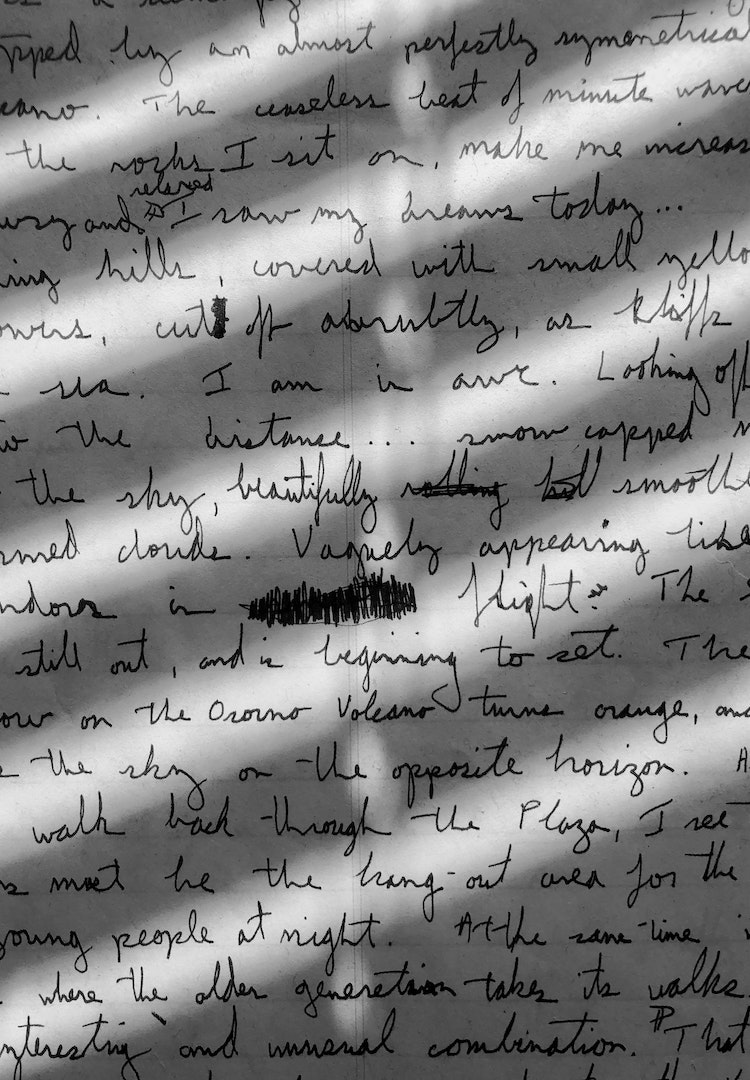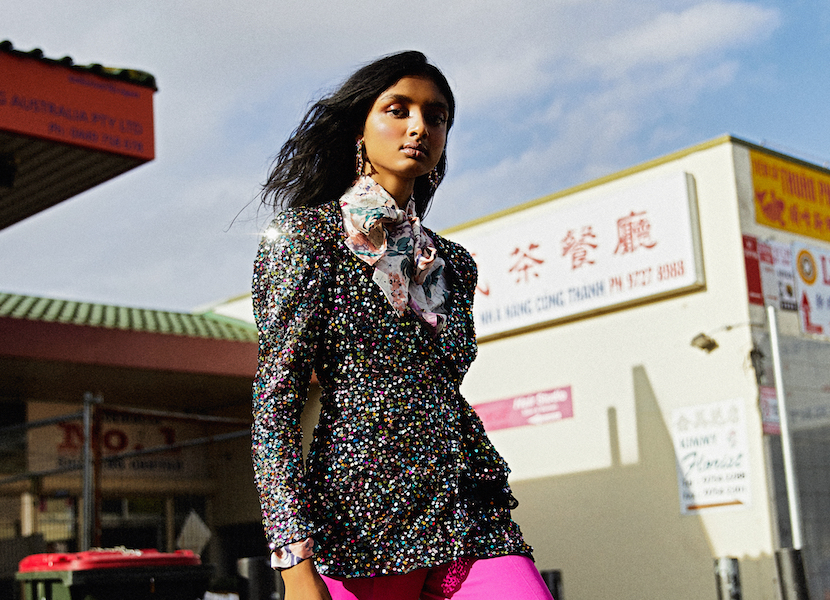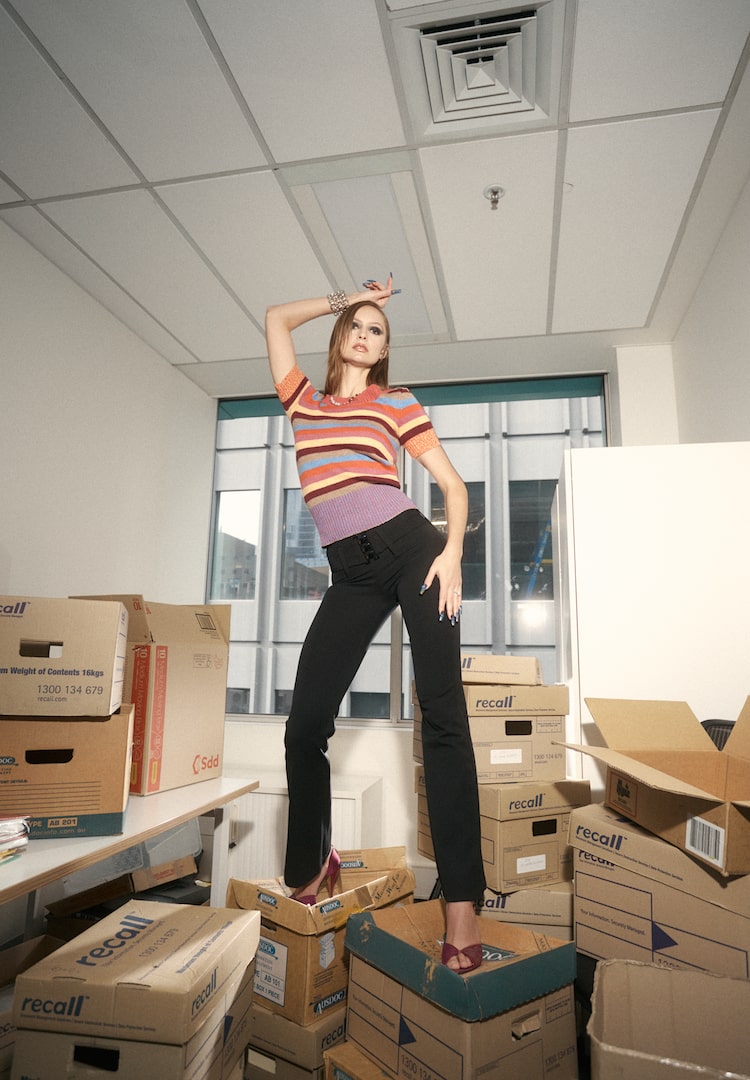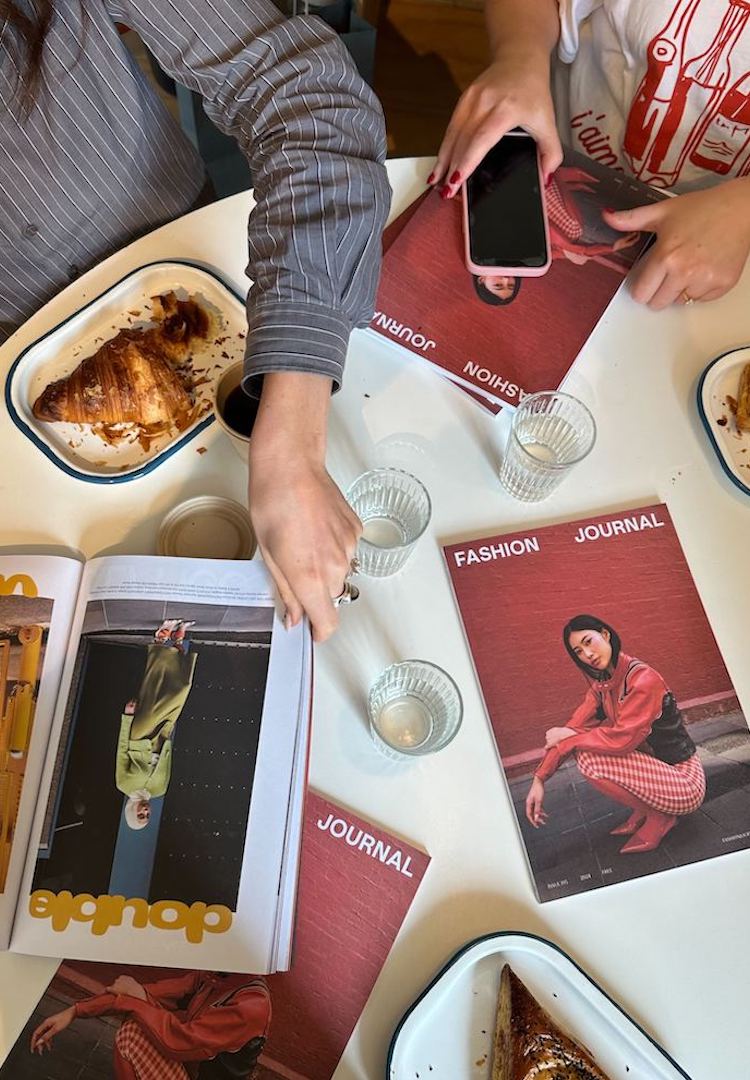What your resume should look like for a creative vs. corporate job
PHOTOGRAPHY BY HAYLEY PEASE
WORDS BY ALYCE GREER
To whom it may concern.
Here’s an embarrassing story: a number of years ago, I had just moved to a new city in pursuit of an exciting career. A grown-up job. For weeks, I didn’t get any callbacks, and I couldn’t understand why. I had a good education, some experience, a cool template I’d found online.
It obviously wasn’t working, so I decided to zhoosh. And that’s when I saw it. Right there in my highlighted skills: HIGHLY COMPUTER ILLITERATE. I basically told dozens of companies I didn’t know how to turn a computer on. Cool cool cool cool.
While I’ve put that nightmare behind me, resumes are still a grey area many of us struggle with. So, I asked Em and Shelley from My Millennial Career to come back with some do’s and don’ts for corporate resumes, creative resumes, and resumes that won’t get laughed at.
What to remember for a corporate resume
Are you sitting down? I’ve got some shocking news: your corporate resume should be simple and boring in both content and design, and there are no exceptions, ever. Okay, not that surprising, but a shame nonetheless.
- Keep it simple (like, really simple)
Shell recommends being risk-averse when whipping up your corporate resume. “Seek did this thing on what most employers want on resumes – black and white, no borders, no fancy stuff. I think that’s what most people want.”
- This is a jargon-free zone
But something most people don’t want? Jargon (ew). “Don’t do the pseudo-intellectual thing. Keep it simple not just in the layout and design, but simple in the language. Use a critical eye to read through your resume and remove any jargon! People get tempted to sound smart but it can be a big turn-off for those reading it,” says Shell.
- Update the VIP bullet points. Nothing else.
Thankfully, it’s not all doom and gloom. We do get to have some fun with the first few bullet points. Woo. Em says, “Make sure those dot points at the top of your resume are updated for the job you’re applying for, whether they be achievements or responsibilities. If somebody’s reading your resume, they’ll likely only read the first few and you need to catch their interest.” (Presumably, before it gets placed directly in the bin.)
What to remember for a creative resume
You’d think this is where a confetti-sprinkled resume hidden in a box of bribery doughnuts would be wholeheartedly encouraged. Not so fast. When it comes to applying for a creative job – think fashion or design – you can use the cover letter and resume as an opportunity to show off your skillz, but don’t go OTT.
- Personality! Yay!
Shell says you’ve got more creative freedom with this type of resume. “For example, if you were going for a copywriting job, you can inject your writing style in your resume or cover letter.” You can also use the resume to demonstrate your design ability – so long as you follow the standard resume format.
- Highlight your coolest projects
“In a creative resume, there’s an opportunity to profile a couple of key projects or campaigns you’ve worked on,” says Shell. It goes without saying you should choose the biggest and best projects of your past, the ones you’re most proud of or those that show your creativity at its peak.
- Include an ONLINE portfolio
You might be tempted to attach your long-ass portfolio, but the chances of an employer browsing through it are slim-to-none. Instead, up your chances by putting it online. “Most web designers link to their portfolio and it’s so helpful to be able to view it with one click versus an enormous attachment or printed document,” says Shell.
What to remember for every resume
- FFS, keep it short
A hard truth: “I don’t want to flick through a 12-page application or portfolio. Even though you might think it’s only 12 pages, it’s not! What if 200 people apply for the role? To flick through 12 pages for one person – even if it’s mostly images – well, I’ll lose interest ‘cos that’s just made my life harder,” says Em. The moral of the story? Keep it concise.
- Don’t bury your contact info
It might sound obvious but you’d be surprised by how many people fuck this up: your contact information should always be at the top of the first page. “When you’re looking through heaps of resumes trying to contact someone, you want to be able to find that contact information really, really easily,” Em tells me.
- The front page is prime real estate
“I’ll usually glance at the first page of the resume and if it doesn’t catch my eye, I won’t turn the page,” says Em. While your experience will stay the same for every role, you can choose which responsibilities, software skills and achievements you want to highlight on the front page. “Keep it as relevant as possible for the position you’re applying for, and make it super easy for the reader.”
- Let the company guide the design
We know that a creative application is expected to have slightly more flair than a corporate one, but when it comes to the design of your resume, there’s one golden rule: read the room. “Get a read from the business. Jump on their website, look at their design, and read some of their content,” says Shell. “And no Word Art, ever. This isn’t the ’90s.”
My Millenial Career is hosted by Emily Bowen, a recruitment and customer experience specialist who is obsessively curious about the daily collision between business and humans, and Shelley Johnson, a human resources and management consultant whose focus is to see people achieve their personal career goals while enabling businesses to achieve theirs.
Alyce is a contributing writer for Fashion Journal and the director and head writer at Bossy, a Melbourne-based copywriting and content studio. You can find Bossy here and here.
Looking to step up to a career in fashion? Each week we send a wrap of industry jobs straight to your inbox. Enter your details below and we’ll keep you in the loop, or browse current openings here.













